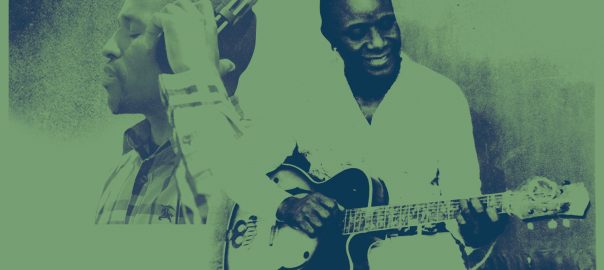Nov. 30, 2023 /Music/ — Congolese rumba, also known as Congolese soukous, is a genre of popular music that originated in the Democratic Republic of the Congo (DRC) in the early 20th century. It is a fusion of traditional African rhythms and melodies with influences from Cuban and Caribbean music. Rumba quickly became popular in the DRC and spread to other African countries, particularly Kenya, Tanzania, and Zambia. In the 1960s, rumba gained international recognition and became popular in Europe and the Americas.
Key Characteristics of Congolese Rumba
Congolese rumba is characterized by its fast tempo, complex rhythms, and catchy melodies. It is typically played by large ensembles that feature guitars, drums, and vocals. Rumba lyrics often deal with themes of love, loss, and social issues.
Roots and Evolution
Congolese rumba traces its origins to the early 20th century, emerging from a fusion of traditional Congolese music, particularly the Yaka rhythm, with Cuban son and other Latin American influences. The port cities of Kinshasa and Brazzaville became fertile grounds for this musical fusion, where African and European cultures converged.
In the 1930s, pioneers like Wendo Kolosoy and Orchestre Watawa laid the foundation for Congolese rumba, popularizing the genre with their distinctive guitar work, call-and-response vocals, and lively dance rhythms. Their music captured the spirit of the times, reflecting the social and political realities of the colonial era.
Golden Age and Global Impact
The 1950s and 1960s marked the golden age of Congolese rumba, with the emergence of legendary figures like Franco Luambo Makiadi, Joseph Kabasele, and Tabu Ley Rochereau. These musical giants expanded the genre’s repertoire, introducing electric guitars, synthesizers, and other modern instruments while retaining the essence of Congolese rumba’s rhythmic foundation.
Congolese rumba’s popularity soared beyond Africa, captivating audiences in Europe, Latin America, and beyond. Its infectious rhythms and captivating melodies transcended cultural boundaries, making it a global phenomenon. The genre’s influence extended beyond music, inspiring fashion, dance styles, and even political movements.
Current Influence and Enduring Legacy
Today, Congolese rumba continues to thrive, adapting to modern sensibilities while retaining its core identity. Contemporary artists like Koffi Olomide, Werrason, and Fally Ipupa carry the torch, infusing rumba with contemporary influences and captivating audiences worldwide.
Congolese rumba’s legacy is immense, having shaped the development of African music and leaving an indelible mark on global soundscapes. Its influence extends beyond music, influencing fashion, dance, and cultural expression. Congolese rumba stands as a testament to the power of music to transcend borders, unite cultures, and inspire generations.

